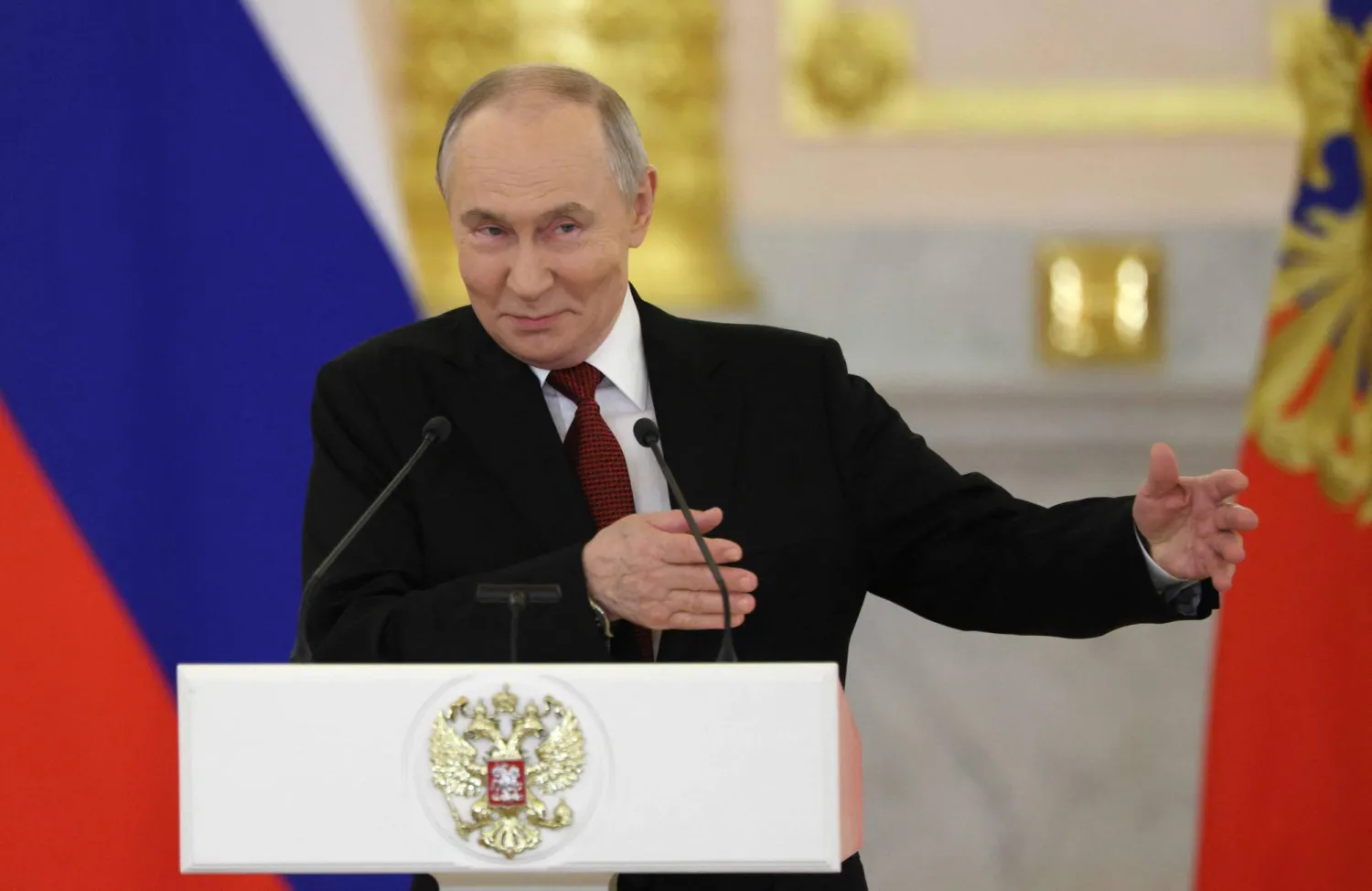Days ahead of Iran’s legislative elections, Supreme Leader Ali Khamenei urged higher voter turnout, calling on all Iranians to participate in fixing issues.
In a meeting with people from East Azerbaijan Province, Khamenei stressed that elections are “an important national event” and the core pillar of Iran.
“Elections are a manifestation of the republican system and this is why the Arrogant Powers and the US, who are opposed to both republicanism and the Islamic nature of the Islamic Republic, are against the elections and the enthusiastic participation of the people at the ballot boxes,” said Khamenei.
The elections, slated for next month, will elect 290 new parliament members. Simultaneously, elections for the Assembly of Experts, comprising 88 clerics, will occur, responsible for naming the next Supreme Leader if needed.
Conspiracy Talk
In his remarks, Khamenei once again brought up talk about conspiracies just before elections.
Khamenei stated that in the past, a US president once called on the Iranian nation to boycott elections while it actually backfired and in opposition to Washington, Iranians participated with even more enthusiasm.
The leader claimed that this failure was why US officials no longer talk this way, but employ different methods to distance and steer people away from elections.
Khameni also underlined that elections are crucial for fixing Iran’s problems, and insisted that everyone take part.
Earlier this month, Khamenei urged Iran’s elite figures to ensure a big voter turnout, warning against efforts to weaken their role.
It is worth noting that the upcoming vote is the first since protests over the death of Mahsa Amini, who was arrested by Iranian authorities for improper hijab, erupted in September 2022.
Amini died in custody, sparking nationwide demonstrations, but Iran blamed Western powers for fueling the protests.
Picking the Best
Khamenei defended the process of approving candidates by the Guardian Council, a body he partly appoints.
He emphasized the need to elect the most qualified candidates among those approved.
The leader urged avoiding insults and false accusations during the campaign, emphasizing national unity despite differences.
He stressed the importance of fair elections, denying any past electoral violations. His remarks coincide with the anniversary of the house arrest of two reformist leaders, Mir Hossein Mousavi and Mehdi Karroubi.
Mousavi and Karroubi contested the results of the 2009 presidential elections.
Meanwhile, Iranian state apparatuses, particularly the military forces, are preparing for the impending elections.
West Asia Strategy
A senior Revolutionary Guards commander, Mohsen Rezaee, highlighted the importance of the elections for Iran’s relations with West Asian countries.
He emphasized Iran’s strategic role in the region and the need for public participation in the elections.
He stated that West Asia’s fate is being decided now and that Iran’s strength should be acknowledged by Western nations.
“Today, the fate of West Asia is being determined. There is competition among countries, and Iran has found its place among these peoples, and it must consolidate it,” said Rezaee.
He underlined the importance of Iran’s role in resolving regional issues like ISIS and peace in Palestine.
Iran Elections: Domestic Reform to Int’l Image

Iranian Supreme Leader Ali Khamenei

Iran Elections: Domestic Reform to Int’l Image

Iranian Supreme Leader Ali Khamenei
لم تشترك بعد
انشئ حساباً خاصاً بك لتحصل على أخبار مخصصة لك ولتتمتع بخاصية حفظ المقالات وتتلقى نشراتنا البريدية المتنوعة







